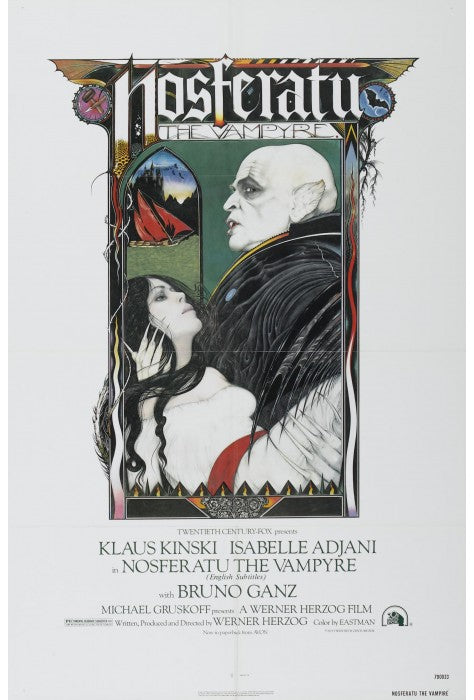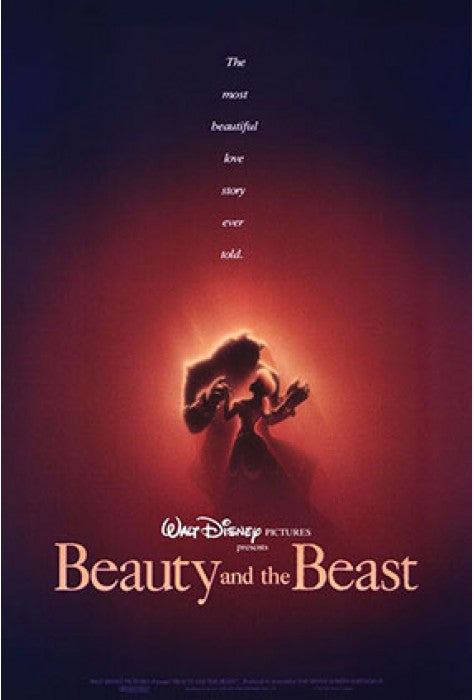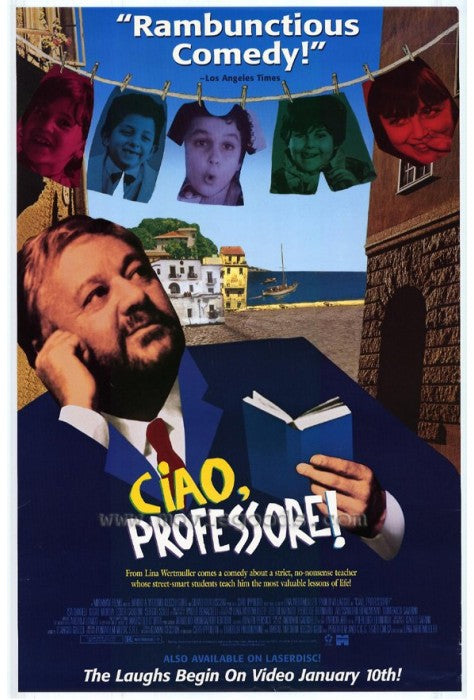The Eternal Charm of Nosferatu: A Timeless Classic
When it comes to the world of cinema, there are certain films that stand the test of time and continue to captivate audiences even decades after their release. One such film is the iconic masterpiece, Nosferatu. Released in 1922, this German expressionist horror film directed by F.W. Murnau has left an indelible mark on the genre and has become a cult classic.
Nosferatu is an adaptation of Bram Stoker's novel, Dracula, although the names and some details were changed due to copyright issues. The film tells the story of Count Orlok, a vampire who moves from Transylvania to Germany in search of fresh blood. The film's eerie atmosphere, haunting visuals, and Max Schreck's unforgettable portrayal of Count Orlok have made it a landmark in the history of horror cinema.
The Birth of German Expressionism
Nosferatu is often credited as one of the earliest examples of German expressionist cinema. This artistic movement emerged in the early 20th century and aimed to convey emotions and subjective experiences through distorted and exaggerated visuals. The film's use of shadow and light, angular and distorted set designs, and exaggerated makeup and costumes perfectly embody the principles of German expressionism.
The expressionist style of Nosferatu not only adds to the film's eerie and unsettling atmosphere but also serves as a visual representation of the inner turmoil and darkness within Count Orlok. The use of shadows and silhouettes creates a sense of mystery and suspense, heightening the audience's anticipation and fear.
A Masterclass in Silent Cinema
Nosferatu was made during the era of silent cinema when films relied solely on visuals to tell a story. Without the aid of dialogue, the film had to rely on the power of its visuals and the performances of its actors to convey emotions and drive the narrative forward. And it succeeded brilliantly.
Max Schreck's portrayal of Count Orlok is nothing short of mesmerizing. With his gaunt figure, elongated fingers, and haunting gaze, Schreck brings the character to life in a way that is both terrifying and captivating. His performance is a testament to the power of silent acting and the ability to convey emotions without uttering a single word.
In addition to the performances, the film's cinematography and editing techniques are also noteworthy. The use of close-ups and extreme long shots, combined with the skillful editing, creates a sense of tension and unease throughout the film. The pacing is deliberate, allowing the audience to fully immerse themselves in the story and experience the horror alongside the characters.
A Timeless Influence
Over the years, Nosferatu has had a profound influence on the horror genre and cinema as a whole. Its visual style and atmospheric storytelling have inspired countless filmmakers, from Alfred Hitchcock to Tim Burton. The image of Count Orlok with his elongated shadow creeping up the stairs has become an iconic symbol of horror.
The film's impact can also be seen in the portrayal of vampires in popular culture. Count Orlok's appearance and mannerisms set the template for future vampire characters, with his pale skin, sharp fangs, and aversion to sunlight becoming staples of the vampire mythology.
Even after almost a century, Nosferatu continues to be celebrated and appreciated by audiences around the world. Its timeless themes of fear, desire, and the battle between good and evil resonate with viewers of all generations. The film's ability to evoke a sense of dread and unease, even in the age of modern special effects, is a testament to its enduring power.
In conclusion, Nosferatu is not just a horror film; it is a work of art that has stood the test of time. Its expressionist visuals, powerful performances, and atmospheric storytelling make it a timeless classic that continues to captivate and inspire audiences to this day. Whether you're a fan of horror cinema or simply appreciate the beauty of filmmaking, Nosferatu is a must-watch that will leave a lasting impression.
Excerpt: When it comes to the world of cinema, there are certain films that stand the test of time and continue to captivate audiences even decades after their release. One such film is the iconic masterpiece, Nosferatu. Released in 1922, this German expressionist horror film directed by F.W. Murnau has left an indelible mark on the genre and has become a cult classic.
Nosferatu




